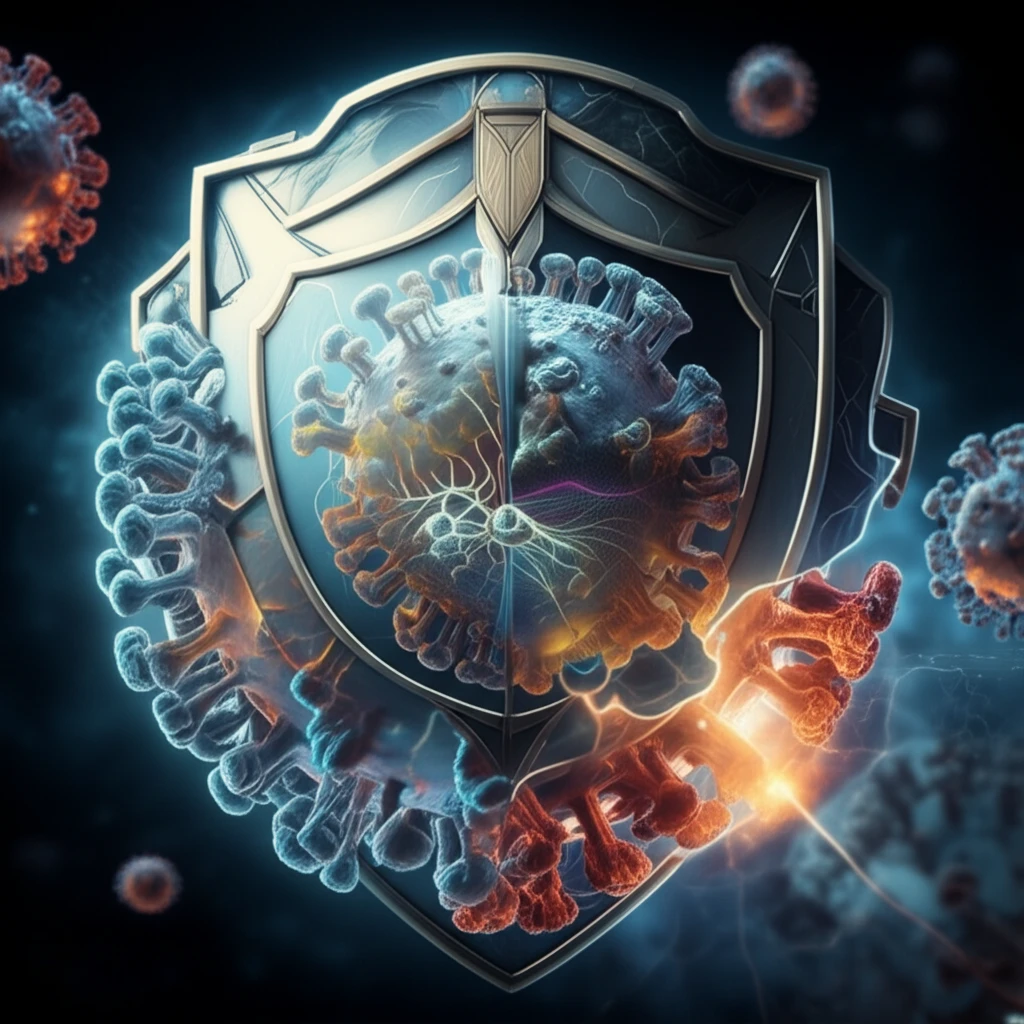
RSV Vaccine Breakthrough: New Stabilized Protein Shows Promise
"Scientists are one step closer to a universal RSV vaccine with a novel fusion glycoprotein that exhibits enhanced stability and immunogenicity."
Respiratory Syncytial Virus (RSV) is a common virus that causes infections in the lungs and respiratory tract. While most healthy adults and older children experience mild, cold-like symptoms, RSV can be severe, even life-threatening, for infants, older adults, and individuals with compromised immune systems. Currently, there's no approved vaccine to prevent RSV, and treatment options are limited to managing symptoms.
A team of scientists has been working to overcome these challenges by focusing on the RSV fusion (F) glycoprotein. This protein is crucial for the virus to enter human cells and is a primary target for neutralizing antibodies, which can prevent infection. The F protein exists in two forms: prefusion and postfusion. Antibodies targeting the prefusion form are more effective at neutralizing the virus, making it an ideal target for vaccine development.
The challenge lies in stabilizing the prefusion form of the F protein. Researchers have previously developed a stabilized version called DS-Cav1, but it can still undergo undesirable changes during storage, potentially reducing its effectiveness. Now, they've engineered a new version, F111, designed for improved stability and comparable immunogenicity.
Engineering a More Stable RSV Vaccine: The Science Behind F111

The research team, led by Lan Zhang and colleagues at Merck & Co., built upon their previous work with DS-Cav1 to create a more stable prefusion F protein. Their approach involved:
- Identifying Stabilizing Mutations: They used a technique called structure-based design to pinpoint specific mutations that would further lock the F protein in its prefusion form.
- Leveraging Antibody Binding: A specific antibody, 4D7, known to bind to a less desirable form of the F protein, was used as a screening tool. Mutations that reduced 4D7 binding were selected, indicating a shift towards the desired prefusion state.
- Introducing Disulfide Bonds: An additional disulfide bond was engineered into the F protein to further stabilize its trimeric structure (three F proteins joined together), which is crucial for its function.
The Road Ahead: Potential Impact and Future Research
The development of F111 represents a significant step forward in the quest for an effective RSV vaccine. Its improved stability and comparable immunogenicity make it a promising candidate for further development and testing. Future research will likely focus on evaluating F111 in clinical trials to assess its safety and efficacy in humans, ultimately aiming to provide broad protection against RSV infection for vulnerable populations.
